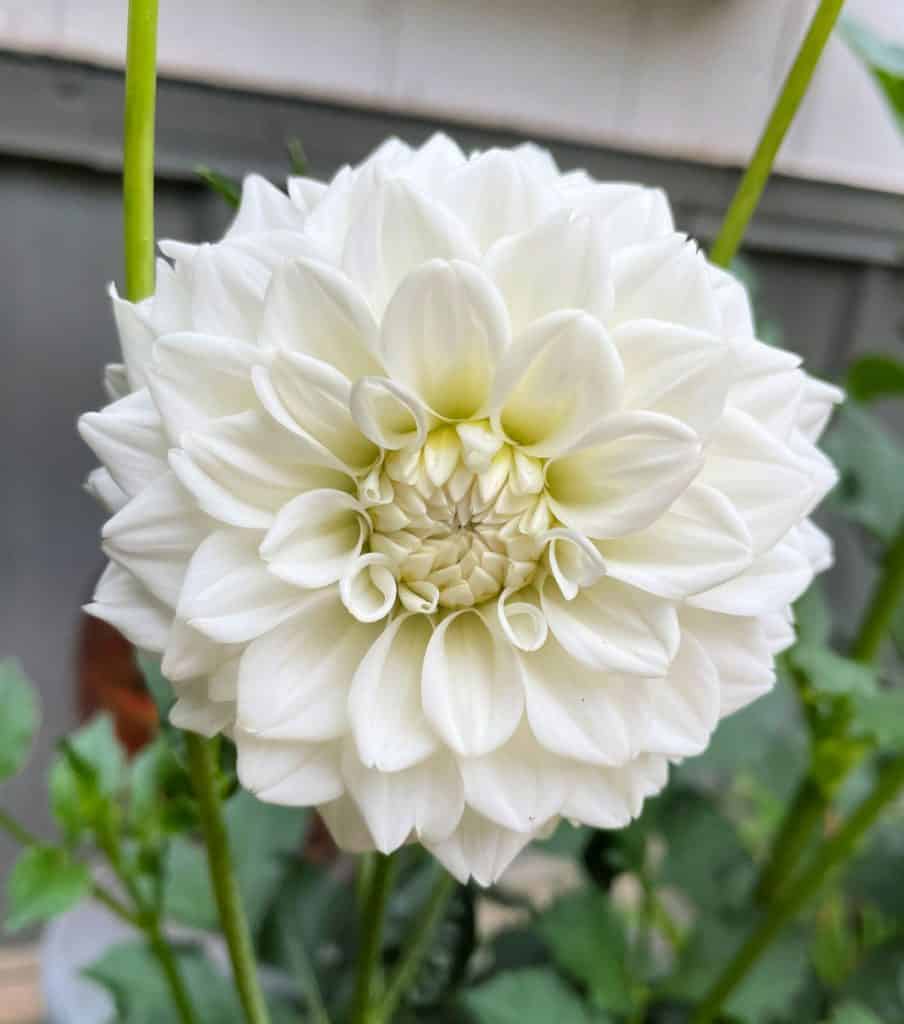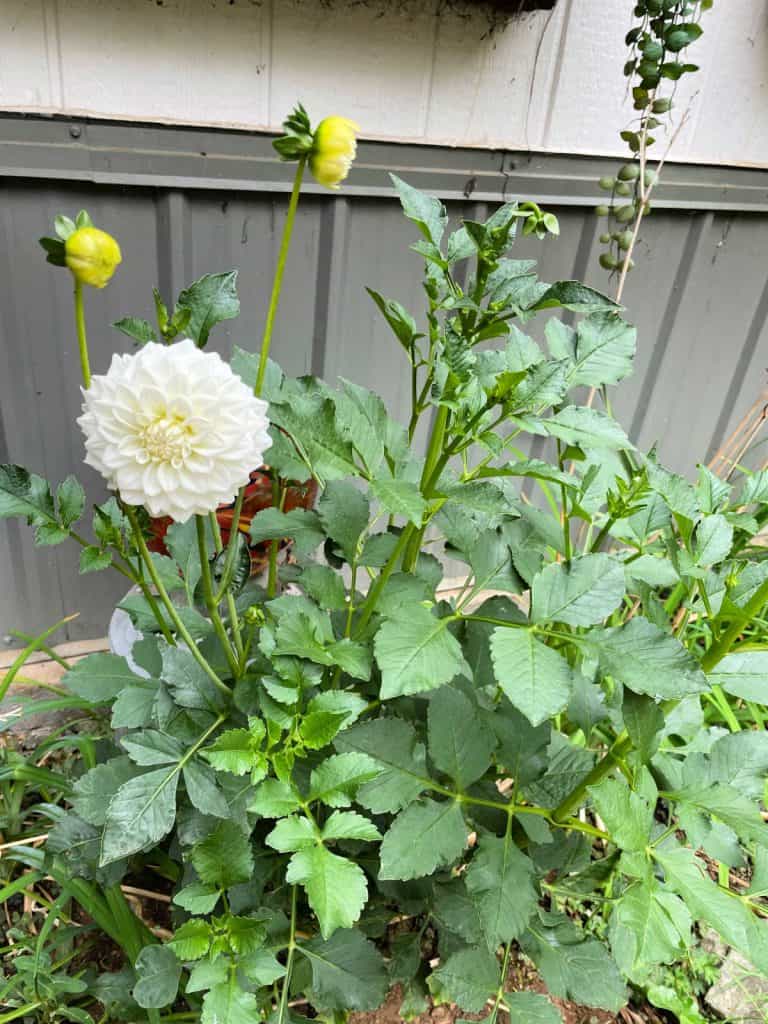Dahlias, with their dazzling array of colors and intricate blooms, have captivated gardeners for generations. These stunning flowers are surprisingly easy to grow, making them a popular choice for both seasoned gardeners and beginners. In this comprehensive guide, we'll delve into the essentials of growing dahlias, equipping you with the knowledge to nurture these enchanting flowers and enjoy a bountiful display in your garden.

Choosing the Right Dahlia Varieties
Dahlias offer an incredible range of varieties, each with its unique charm. Consider factors such as size, color, flower form, and height to select the varieties that align with your preferences and the available space in your garden. Whether you're drawn to the dinner-plate-sized blooms of the "Café au Lait" or the vibrant hues of the "Bishop of Llandaff," explore catalogues and online resources to discover the dahlias that speak to your heart.
How to Prepare the Planting Site
Dahlias thrive in full sun, so choose a location in your garden that receives at least six to eight hours of direct sunlight each day. Additionally, dahlias prefer well-drained soil. Prepare the planting area by removing weeds, rocks, and debris. Amend the soil with organic matter such as compost or well-rotted manure to enhance its fertility and drainage.
How to Plant the Tubers
Plant dahlias when all risks of frost have passed and the soil has warmed up in spring. Dig a hole that is wide and deep enough to accommodate the tubers, placing them horizontally with the eye or bud facing up. Space the tubers according to the variety's recommended spacing guidelines, typically around 12 to 24 inches apart. Cover the tubers with soil, ensuring they are planted at a depth of 4 to 6 inches.
How to Water and Mulch Dahlias
Water the newly planted tubers thoroughly to provide moisture to the roots. As the plants grow, maintain consistent moisture by watering them regularly. However, avoid overwatering, as dahlias dislike soggy conditions. Applying a layer of organic mulch around the plants will help retain moisture, suppress weed growth, and regulate soil temperature.

Support and Prune
As dahlias grow, they may require support to prevent their stems from bending or breaking under the weight of the blooms. Install stakes or cages around the plants early in the season to provide support as they mature. Additionally, pinch out the top inch of the growing tip once the plant reaches a height of about 12 to 18 inches. This encourages branching and results in more flowers.
Fertilizing and Maintenance
Dahlias are heavy feeders and benefit from regular fertilization. Apply a balanced, slow-release fertilizer when planting, and follow up with additional applications every four to six weeks during the growing season. Monitor the plants for pests and diseases, such as aphids or powdery mildew, and take appropriate measures to control them. Regularly deadhead spent blooms to promote continuous flowering.
Harvesting and Overwintering
As your dahlias produce abundant blooms, feel free to cut them for vibrant floral arrangements. When the first frost threatens, carefully lift the tubers from the ground, trim off the foliage, and allow them to dry for a few days. Store the tubers in a cool, dry place for the winter, protecting them from freezing temperatures. Inspect them periodically and discard any damaged or rotting tubers.
Growing dahlias is a rewarding experience that allows you to revel in the beauty of these remarkable flowers. By following these steps, you'll create an environment where dahlias can flourish, producing an array of captivating blooms that will enchant both you and your garden visitors. Embrace the journey of nurturing these stunning plants and let their vibrant colors and elegant forms bring joy to your outdoor oasis.
Dahlias are native to regionsof Guatemala and Mexico, — where temperatures stay warm year-round — so the answer depends on the region where you're growing dahlias. They can stay in the ground over winter if you live in a zone 7 or below region.
The best time to plant dahlia tubers is in the spring, after the danger of the last frost has passed. In many regions, the perfect time to plant dahlia bulbs falls between mid-April and early June. You can check your region's specific last frost date to be sure.
Yes! These tuberous roots can multiply and create on average 3-10 new tubers for the next growing season.
The dahlia clump of tubers will become too large. The dahlia's energy is spread too thin among too many stems causing the plant to produce fewer flowers with less vibrant blooms.
Hi I’m Adrienne Carrie Hubbard. I believe a rich life comes not from the things you have, but the things you do; the experiences you create and the people you meet along the way. Thanks for hanging out!
